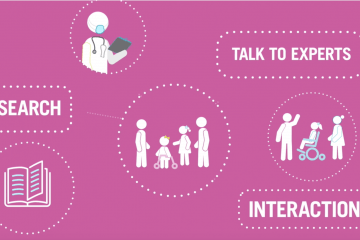Understanding Hip X-Rays
If your child has cerebral palsy, there's a good chance that he or she will have a hip x-ray at some point or they may even require regular hip x-rays. It is important for you to understand the different components of a hip x-ray. Your doctor will be looking at the hip joint itself as well how well the bones are growing.
The first thing to look at in a hip x-ray is the relationship between the femoral head and the acetabulum. Think of the femoral head as the ball of the ball and socket joint. The acetabulum is the socket. The femoral head should be seated deeply within the acetabulum. In some children with cerebral palsy the femoral head can slowly begin to come out of the joint and in some children, it can come out completely.
The second thing to look at is the shape of the femur. The femur is made up of three parts, the femoral head, the femoral neck, and the femoral shaft, and there should be a slight bend to it. In children with cerebral palsy, they have a tendency to develop a straight femur. As a result, the femoral head can grow out of the acetabulum and eventually dislocate. Also, while this is happening, the shape of the acetabulum can become effected.
The third thing to look at is the acetabulum itself. The acetabulum should have a horizontal roof to it. This keeps the femoral head in place. If the femoral head is pushing excessively against it, the acetabulum can change its shape and become more oblique and as a result, the femoral head can slowly slide out of place.
As a parent you want to know as much as you can about your child's health. As a parent of a child with cerebral palsy, this becomes perhaps even more important. If you are concerned about your child's hip health make sure you have a thorough conversation with your doctor about the options available to your child.
"Your doctor will be looking at the hip joint itself as well how well the bones are growing"





